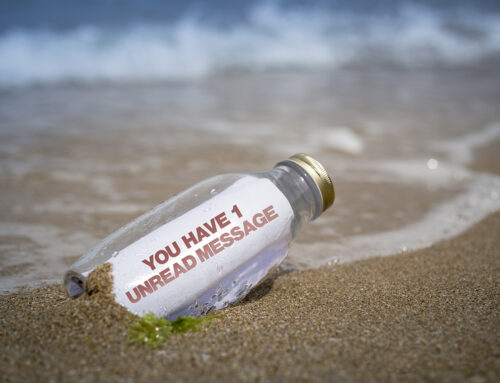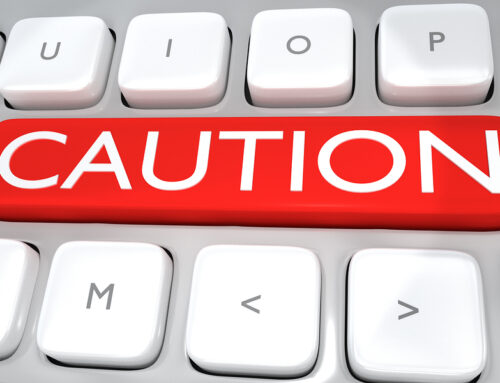A CEO’s Perspective
I love email. When used appropriately, email can provide a competitive advantage and can accelerate the likelihood for success. Clearly, I am both a champion and a proponent of this powerful tool. In fact, I struggle to understand why people think any differently.
I have received compliments on my email habits – particularly my reliability and consistency.
So I wanted to take this opportunity to pass on some thoughts about my email philosophy.
1) Email: the right tool for the right purpose
There is a time and a place for email. I liken it to fire. Fire is great for certain things: heat, warmth, cooking. But if used inappropriately it can cause great damage and be disastrous.
Email is not designed for overly complex or potentially contentious “heated” messages. Face to face (or voice) is much more effective in these situations.
2) Keep it brief
Emails should be kept brief. Many people are reading emails on handheld devices these days. I try to enable people to respond from their handheld as well.
If the message requires more details, include an attachment that the reader can refer to. In these cases, I try to forewarn the reader and state my intent or request upfront, at the outset of my email.
3) Categorize your outgoing emails
At times, I like to categorize my outgoing emails – right in the subject line. This gives the readers an immediate heads up and allows them to quickly screen if necessary. I recommend three categories such as: Urgent (need an answer today); Comment (would love your input over next couple of days); Info (for your information only; no need to respond).
4) Rule of three
Email is not designed to be a conversation. As soon as an email bounces back and forth three times, it is time to pick up the phone. Otherwise, communication tends to get too complicated.
5) Saying thanks
Showing appreciation through email is important for politeness and helps to maintain the human connection. If a ‘thank you’ is being used in as a coaching moment, I try to be more specific. For example: “Thanks for going the extra mile regarding the meeting logistics. This is an important meeting and I think the client will notice these details.”
6) Consider your audience
When I have a choice, I always consider using the communication vehicle that my recipient prefers. For example, if they say “I am so overloaded with email” and if I have the time, I’ll call instead of email. Obviously, this depends on the audience and circumstances.
7) Have a system for scanning
I will scan, but I am adamant about only reading an email once. (Any more than that is redundant). I process my emails systematically in this order: 1st – boss; 2nd – Direct Reports; 3rd – any subject lines related to something critical or something I am waiting for; 4th – all other emails. If necessary, I will open an email and quickly scan for urgency.
8) Clear my inbox
I receive about 90 emails each day and tend to get my inbox down to about 10 most days. I strive to adhere to the ‘Touch it Once’ principle. When I can’t, I’ll move the email to a follow-up folder. I work through this follow-up folder as soon as I’ve processed my inbox.
9) Dedicate time
I dedicate time to email each day. For me, it’s first thing in the morning for about an hour. Then I work on email for approximately 30 minutes again at some point between 11:30-1:30pm; again at the end of the business day for about one hour and once again for about 30 minutes just before I turn in. I rely on email a lot but I try to minimize the impact on my day also. When traveling I try to check quickly on my BlackBerry while remote.
10) Let it sit
When I am not working on email, I close it and focus on other things. In fact, I will only open my email again if I have enough time to work on it. At a minimum, I need 30 minutes. Otherwise, I just feel frustrated about not being able to respond to something.
So there you have it: my perspectives on email.
I hope that you find these tips inspiring.
Michael (Mike) Cloutier is the consummate CEO. He is currently the President and CEO of the Canadian Diabetes Association. His past roles have included CEO of Critical Outcome Technologies Inc., AstraZeneca Canada, Pharmacia Canada and Searle Canada. He has also been active on the boards of numerous for profit and not profit organizations including Sheridan College, the Canadian Orthopedic Foundation, TD Toronto Jazz Festival and United Paragon Associates. Mike is an avid golfer and recently played 90 holes in one day to raise money for the Canadian Diabetes Association.







Leave A Comment